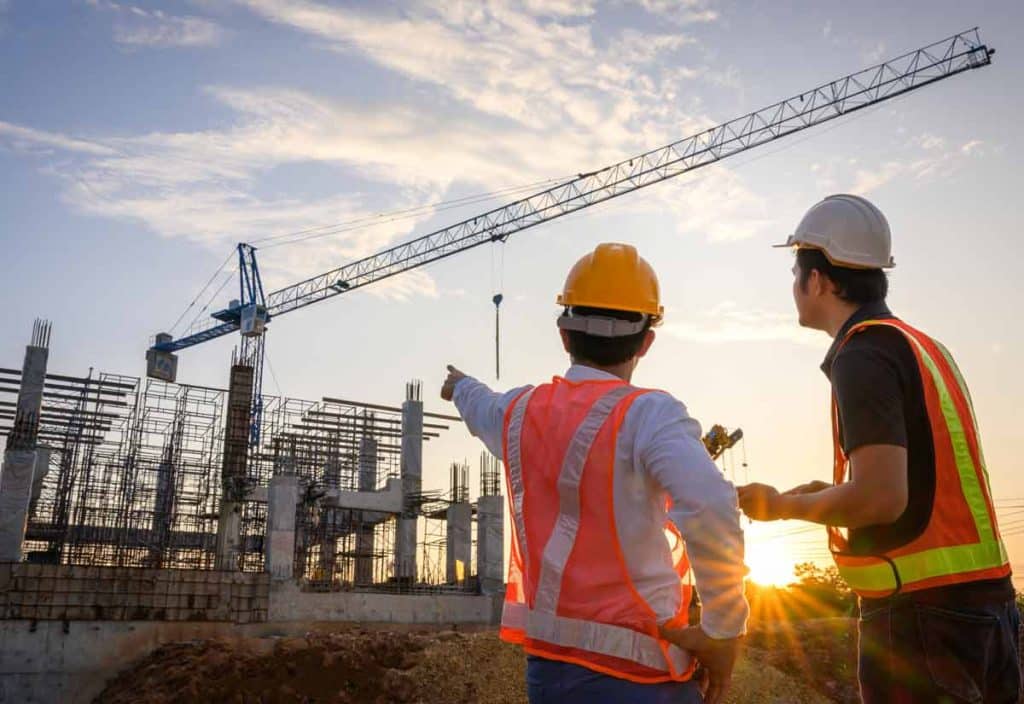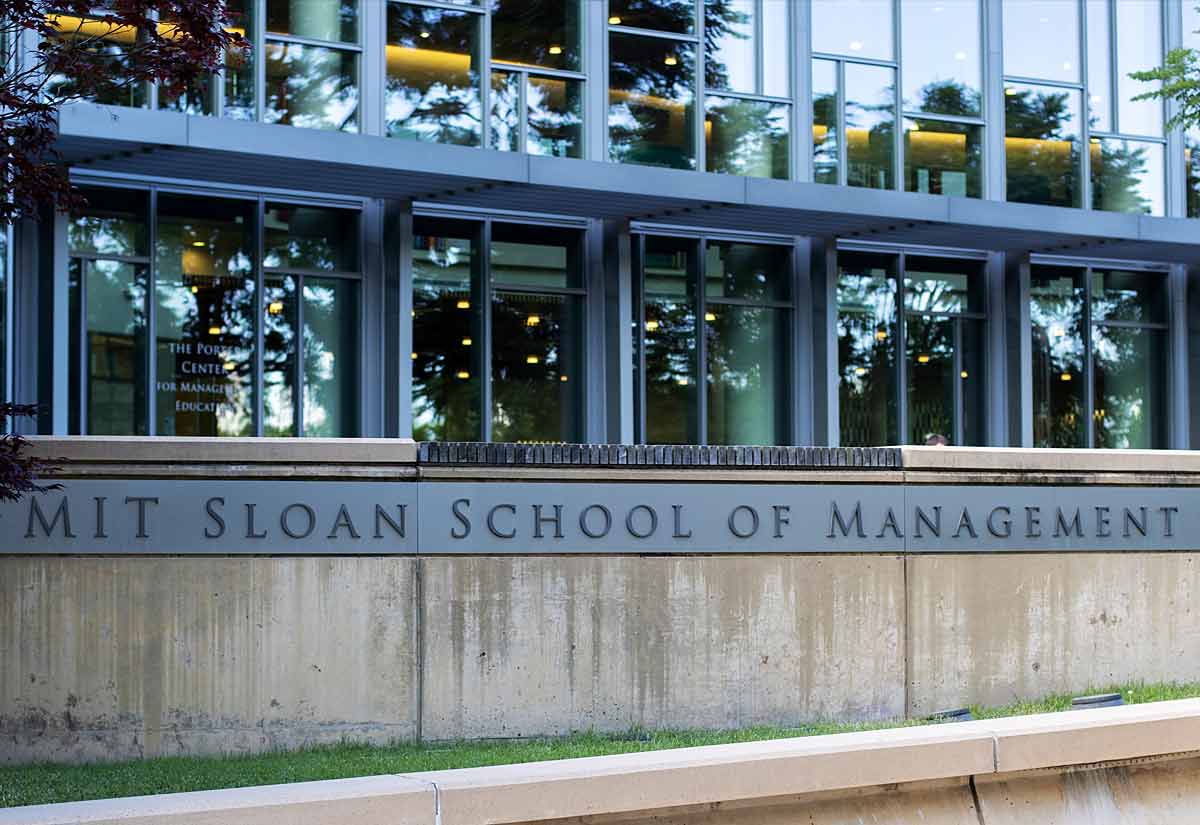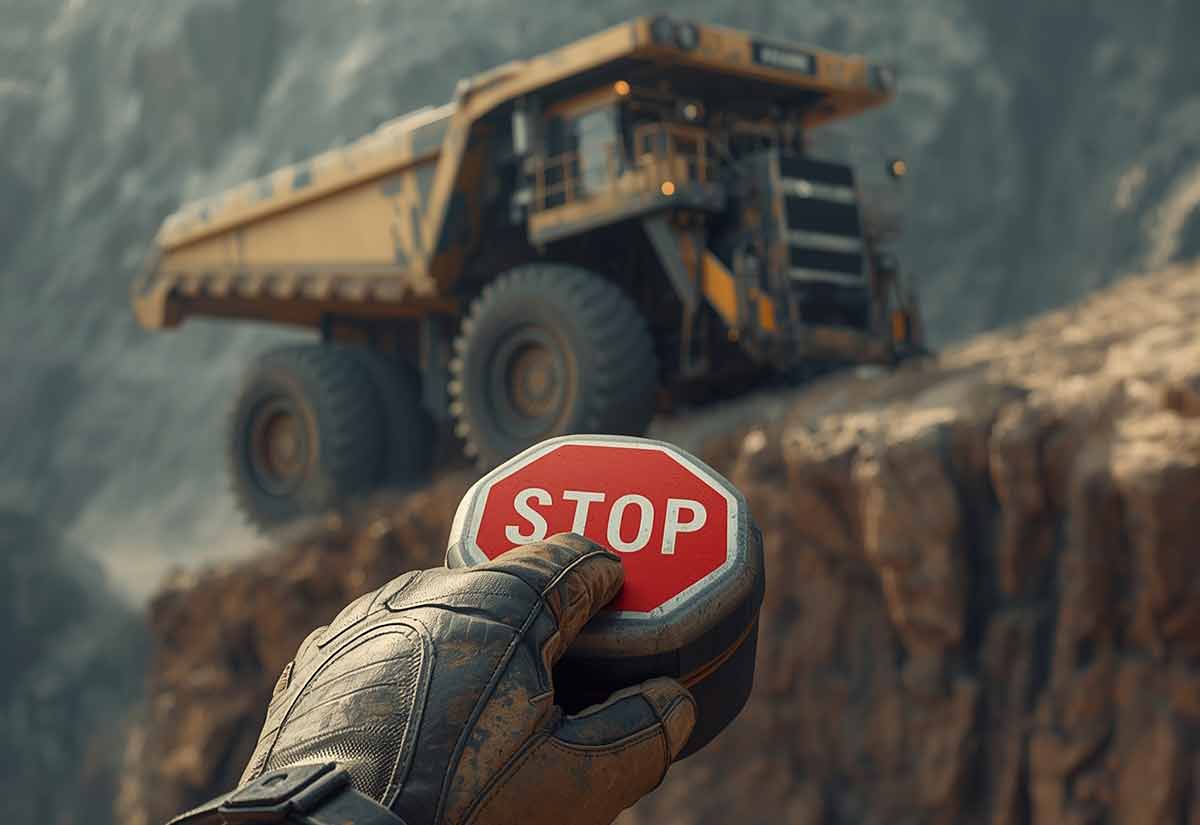It’s May, and the peak of the North American construction season has commenced. As we prepare to roll into an industrious 2024 Q3 summer, it’s a time to focus on the builders, the architects, the civil engineers, and the construction project management masterminds behind the structures that shape our world!
Building a Better Construction Industry at Resource Erectors
At Resource Erectors, we know that the key to building a better civil construction industry is the commitment to continuous improvement. That’s why we’re examining heavy construction trends in 2024 and beyond through the lens of Kaizen, highlighting how its principles can revolutionize how we construct and build a more sustainable future.
So tighten up those black belts fellow Kaizen colleagues, and let’s jump right in.
Building a Brighter Future: The Power of Kaizen in Construction
Like a towering skyscraper reaching for the sky, the construction industry continuously evolves, adapting to the growing list of economic and environmental ESG imperatives. These imperatives have become “business as usual” in the 21st Century.
From the rising cost of materials to the growing demand for sustainable buildings, civil construction engineers and project managers face new challenges on every heavy construction job. In this dynamic environment, a commitment to continuous improvement isn’t just a nice idea; it’s a necessity.
That’s where Kaizen comes in.
Kaizen didn’t emerge from a single source. The manufacturing philosophy evolved through a complex interplay of ideas and collaboration. American management consultant W. Edwards Deming, building upon Walter A. Shewhart’s pioneering work in statistical process controls, developed management concepts emphasizing cycles and continuous improvement.
After World War II, Deming traveled to Japan to help rebuild the nation’s economy, working alongside Japanese business leaders to improve productivity and quality. This collaboration led to the refinement of the Deming Circle, a four-step process involving design, production, sales, and research, which was later adapted into the well-known Plan-Do-Check-Act (PDCA) cycle – a cornerstone of Kaizen.
Change for the Better = Kaizen
Kaizen, meaning “change for the better,” emphasizes small, incremental changes that add up to significant improvements over time. It’s not about radical overhauls, but about empowering teams to find those small areas of inefficiency and identify solutions, one step at a time. This collaborative approach fosters a culture where everyone is invested in creating a more efficient and effective workplace.
Just imagine a construction site humming with a Kaizen spirit. Gone are the days of wasteful processes and unnecessary delays. Instead, all workers on site are empowered to identify and suggest improvements, utilizing their unique experience and insights. Project managers actively seek feedback, ensuring that every voice is heard.
The result? More efficient workflows, streamlined material handling, and projects delivered on time and within budget. This boosts productivity, and frees up resources for innovation, allowing for exploration of new technologies and sustainability practices.
The impact of Kaizen extends beyond the bottom line. Investing in continuous improvement fosters a robust focus on safety, as teams work together to identify potential hazards and implement solutions proactively. And when projects are completed efficiently and effectively, it leads to greater customer satisfaction – the ultimate measure of success.
Ultimately, Kaizen isn’t just about building better structures. It’s about building a more sustainable and fulfilling future for the construction industry. In the spirit of Kaizen, construction teams can embrace continuous improvement, one small step at a time, and build together a more efficient, safer, and innovative future.
Kaizen in Action: Tools and Techniques for Construction
Kaizen offers a toolkit of strategies and techniques to help construction companies implement continuous improvement. Here are a few examples:
- PDCA Cycle: The Plan-Do-Check-Act cycle is a powerful framework for implementing and assessing Kaizen initiatives. It provides a structured approach for identifying problems, testing solutions, and making adjustments for ongoing improvement.
- Gemba Walks: This technique involves managers and supervisors visiting the “real place” – the construction sites – to observe processes firsthand and talk with workers. This direct interaction is crucial for understanding the challenges and opportunities for improvement.
- Jishuken (Self-Study Groups): These groups encourage workers to take ownership of their processes by studying them in detail and developing solutions for improvement. This empowers workers to become proactive contributors to the Kaizen effort.
- 5 Whys: This simple but powerful tool helps identify the root cause of a problem. Asking “why” five times can help uncover underlying issues that might not be immediately obvious.
- Value Stream Mapping: Mapping out the flow of materials and work through a construction project helps visualize the entire process, identifying areas of potential waste and inefficiencies.
Ultimately, Kaizen isn’t just about building better structures; it’s about developing a more sustainable and fulfilling future for the construction industry.
Here’s a quick rundown of the Kaizen lineage
Origins: Kaizen originated in post-World War 2 Japan. The manufacturing philosophy emerged during the post-war reconstruction era. Companies like Toyota adopted it as a core principle, leading to massive improvements in manufacturing efficiency and quality.
Kaizen doesn’t focus on revolutionary change; it emphasizes small, consistent improvements accomplished by everyone involved in a process. It’s about creating a culture of continuous learning and improvement, where every team member is empowered to make things better.
The Values: Kaizen is a values-driven approach, focusing on respect, teamwork, communication, and a relentless pursuit of excellence.
Here’s how Kaizen applies to coping with the top trends in heavy construction jobs.
- Trend 1: Digital Transformation – *From BIM to AI, the construction industry is embracing digital tools, but it’s the *how* that matters. Kaizen encourages us to identify small areas for improvement within our digital workflows, fostering a culture of ongoing optimization and refining processes, ensuring technology works with us, not against us.
- Trend 2: Sustainability – *Green building is now an established principle, not a geopolitical trend likely to fade away anytime soon. Kaizen encourages a steady, ongoing commitment to sustainability by emphasizing mindful resource use, minimizing waste, and discovering innovative strategies for building a more environmentally friendly future. It’s about taking baby steps towards a bigger goal, focusing on what we can do *today* to create a greener tomorrow.*
- Trend 3: Skilled Workforce – The construction industry’s talent pool is vital, but building a skilled workforce requires ongoing investment and collaboration. Kaizen encourages a culture of learning where skilled professionals are empowered to mentor and train new talent, fostering an environment of continuous improvement and development.
- Trend 4: Safety First – Safety is not just a rule; it’s a mindset. Kaizen inspires us to continually review our safety protocols, identify potential risks, and empower teams to collaboratively find solutions, creating a culture of preventative safety that minimizes incidents—not just reacting to them.
- Trend 5: Cost Optimization – In the competitive world of construction, cost effectiveness is crucial. But Kaizen doesn’t focus on drastic cost-cutting measures; it emphasizes finding small areas to streamline processes, eliminate waste, and optimize resource allocation – ensuring value for money in every phase of the project.
- Trend 6: Project Delivery – Project success isn’t just about reaching the finish line. Kaizen encourages a focus on continuous feedback, incorporating lessons learned, and proactively identifying areas for improvement in each phase of the project. The aim is to deliver not just a completed structure, but a fulfilled vision that meets the client’s specific needs and aspirations.
Ready to build a brighter future for construction and civil engineering? Resource Erectors connects the best talent with leading companies in heavy industry. Join us in building a culture where Kaizen inspires innovation and creates a more efficient and sustainable industry.
Time to Call Resource Erectors
With decades of specialized heavy industry recruiting experience and connections to the top companies and professionals all across North America, Resource Erectors is your partner in optimizing your heavy industry workforce. In today’s dynamic employment arena, maximizing talent and building a culture of continuous improvement is essential.
We have six-figure positions in heavy industry sectors across the board for professionals with 1-5 years of experience. Yes, that’s right, one to five years can get you on the fast track in civil construction and more. If you’re moving up the career ladder in aggregates, concrete, sand, minerals, mining, plant management, project management, process engineering, bulk materials, civil engineering, and heavy construction, make sure to check out our job board to take that next step in your heavy industry career. Please don’t hesitate to contact us today. At Resource Erectors, we’re ready to work together and build something extraordinary.











